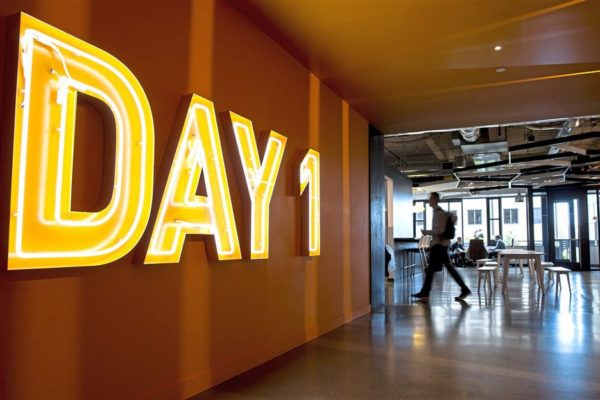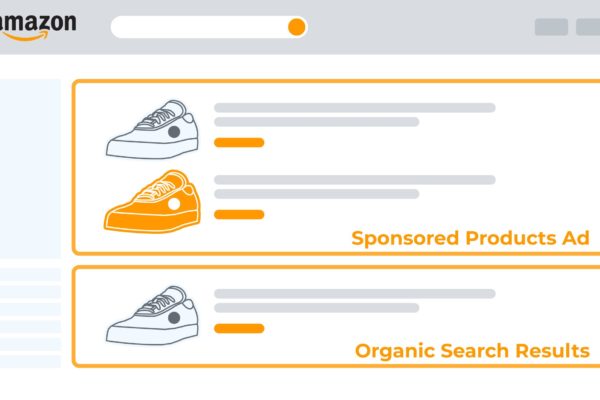Categories
Latest Posts

Skai Director of Sales joins Podean as Director of Retail Media Partnerships
September 12, 2023

Podean Turkey launches & unveils ecommerce research
August 5, 2022
Since the take-off of Amazon Prime, hundreds of retailers, brands, and businesses have taken their shots at a subscription-based business model in order to keep up with the e-commerce giant. Companies like Nike, Regal, and even CVS now all offer some sort of subscription for their products or services – though so far it has proven difficult for many of the big-name retailers to find the desired success with their subscription models.
The biggest issue remains that on average, the turnover rate is higher than forty percent, meaning that more than forty percent of subscribers will cancel their membership within the first year. Many new start-ups have found great success by operating on a fully subscription-based business model, but retention remains an issue even for some of the most successful of these companies.
Take a look at Frank and Oak, a 2012 startup that has since exploded into the fashion and clothing scene, all while operating on a subscription-based business model. The giant wake that Amazon Prime leaves in the water of retail and online shopping has certainly aided Frank and Oak and other companies like it. When people get accustomed to receiving benefits, special treatment, and amazing perks with a subscription, like Amazon Prime, they become more willing to try other out subscription services. But there’s a major difference between small-boutique type companies making monthly subscription boxes pay off and a huge clothing retailer trying to recoup their in-store decline by offering similar subscriptions. Nonetheless, many retailers are exploring subscription models with gusto.
So are subscription services really the way that big-name companies like Nike are going to keep up with the decline of in-store revenue? There’s no doubt that the hugely successful Amazon Prime model has dramatically impacted the retail world, and it’s safe to say that it will never be the same.
Companies that thrived in yesterday’s retail environment are left scrambling for new ways to stay afloat and relevant. An apparently easy answer is to mimic Amazon’s success, but that is much more easily said than done. So retailers are drumming up all kinds of creative ways to play keep-up with Amazon.
Let’s take a look at Nike’s subscription attempt: Nike Adventure Club. “Brand new Nike and Converse shoes delivered to your door with activities to spark adventure in the everyday.” An attempt at getting shoes out of the warehouse and appealing to the activity needs of children, the Nike Adventure Club offers plans from which you can get 4-12 pairs of children’s shoes a year that are delivered with an activity idea for you and your children to try out. So far, it has been successful as it is geared towards children whose shoe sizes and styles are constantly changing, though it shows little signs of success if it were ever to be geared towards adults. But even with this service remaining only for children, the service may prove to be equally as valuable by building goodwill with the next generation of Nike buyers as it is for current sales – Nike has always been at the cutting edge of successful customer and brand strategy.
Many subscription services have found success by either having something highly engaging, like Netflix, or finding a niche that is greeted with open arms by customers who have been waiting for that need to be met.
But what about basic everyday retail items? Even in this area, companies are throwing their hats into the subscription market. Companies like Charmin and Gillette offer subscriptions to receive regular deliveries of toilet paper and razors. In fact, these membership clubs have shown a lot of success thus far!
Essentially, in today’s economy, you can subscribe to endless amounts of goods and services, including things like pet food, cleaning supplies, clothing, music, and even food.
Subscription services are certainly not a new concept; after all, a subscription, at its foundation, is merely a schedule of recurring fees that gives consumers either unlimited or scheduled access to goods or services. Things like magazines, car-leases, and cable TV have been doing this for many years!
The effect that Amazon has had on retail and e-commerce retailers has been great. Many have had significant difficulty staying alive in what is today’s world of Amazon. With its endless selection, quick shipping, free returns, and “Prime” subscription service, it is extremely difficult for other companies to match Amazon’s overall customer experience.
Although many brick-and-mortar businesses have shut down as a result of Amazon’s impact on the market, others have adapted and reinvented themselves. The end of retail is not here, it’s simply changing, and companies are faced with having to change with the shifting market constantly.
Industries from across the board have discovered the power of the subscription model, thanks to Amazon. We’ve seen many wildly successful subscription-based endeavors from software to wine, but it isn’t as easy as simply mimicking Amazon’s blueprint. The subscription model can offer benefits to both businesses and their subscribers, but each company must carefully attack the concept with their own angle and strategy to boot.
Amazon’s incredible success doesn’t mean that other brands have to fall to the wayside, only that they must fulfill different needs and be creative with their services. Amazon is in a league of its own, but the e-retail world is still vast and ripe with endless opportunity.
More News Posts
Don’t Worry About the New Amazon Inbound FBA Fee
Spoiler alert - The new inbound and FBA fees aren’t…
Amazon and Walmart in Close Competition in Latest Marketplace Polling
In the ever-evolving landscape of retail giants, Amazon, Walmart, and…
Agency vs. Full-Time Staff: Making the Right Choice for Your Business
As businesses grow and scale, the inevitable dilemma arises: do…
Podean’s unBoxed 2023 Recap: Day 1
unBoxed 2023 is officially underway and what an exciting day…
How to Launch a New Agency by Using Fancy Buzzwords
Every now and then, we hear noise in our industry…
Alexa – The Ultimate Trojan Horse?
Amazon typically keeps its numbers close its chest. But exactly…
Amazon or your DNA: What knows you better?
As marketers, we spend a lot of time trying to…
Amazon Explained – The Day 1 Mentality
Amazon CEO Jeff Bezos has always been a strong proponent…
A Beginner’s Guide to Sponsored Products
Podean’s Amazon Explained Series delivers insights into the drivers of…
Amazon Explained – The Flywheel
Podean’s Amazon Explained Series delivers insights into the drivers of…
Top 10 Must-Attend Amazon & E-commerce Events
Insights from the Podean Marketplace Intelligence Team It can be…
Amazon Selling 101: Top 20 Tips for Selling on Amazon (1-10)
Insights from the Podean Marketplace Intelligence Team What are some…
Amazon Selling 101: Top 20 Tips for Selling on Amazon (11-20)
Insights from the Podean Marketplace Intelligence Team Most people think…
Amazon Explained: What is the Amazon “Narrative”?
In Jeff Bezos’ letters to shareholders he often mentions how…
About Podean
Latest Posts

Skai Director of Sales joins Podean as Director of Retail Media Partnerships
September 12, 2023
















